Amidst the myriad of fruits that grace our tables, there exists a captivating and lesser-known gem known as the Pepino Melon. With its alluring aroma, distinct appearance, and delightful flavor profile, the Pepino Melon has been intriguing taste buds and garnering attention in culinary circles around the world.
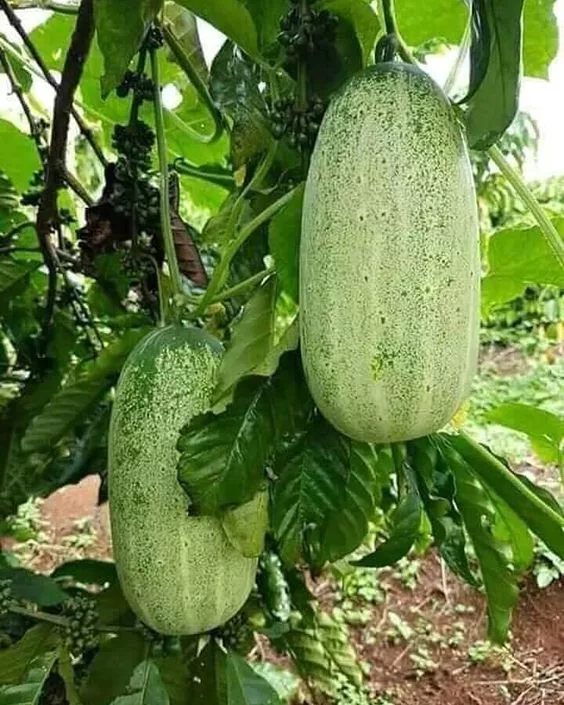
1. Aesthetics and Aroma: The Pepino Melon, also referred to as “Solanum muricatum,” is a visually stunning fruit that captures the imagination at first glance. Its oval shape is adorned with a mottled pattern of purple, yellow, and green hues, creating a kaleidoscope of colors. The skin, delicately adorned with tiny spikes, gives a tactile hint of the sensory experience that lies within. When sliced open, the fruit releases a captivating aroma that is often likened to a blend of melon, cucumber, and pear, with a hint of tropical sweetness.
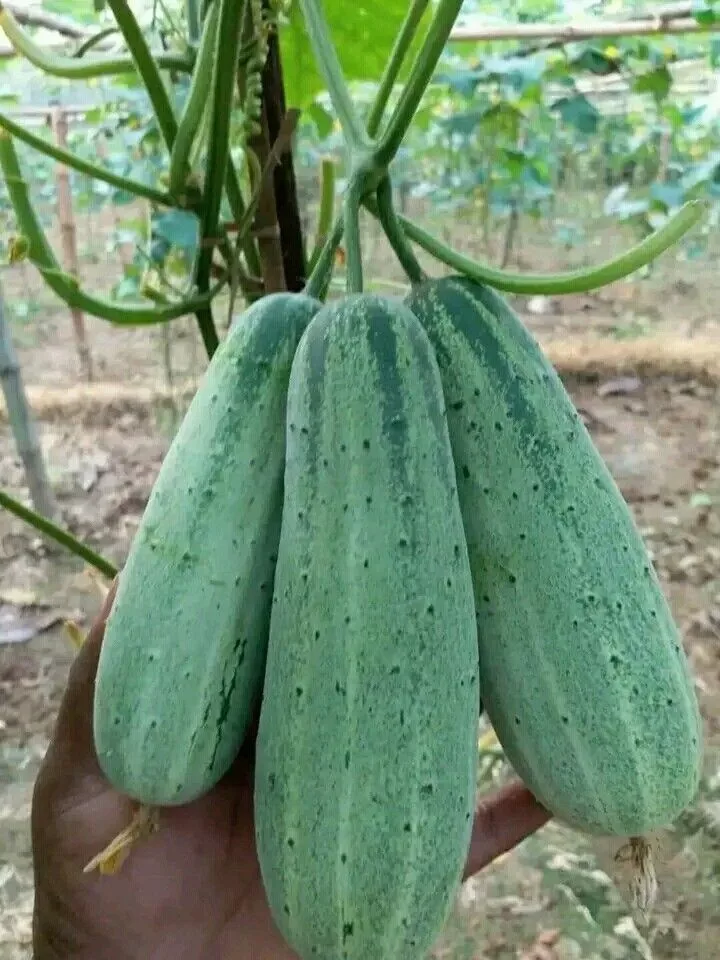
2. Flavor Symphony: Beneath its inviting skin, the Pepino Melon reveals a tantalizing medley of flavors. The taste is a harmonious fusion of melon-like sweetness and subtle tanginess, creating a unique and refreshing palate experience. This versatile flavor profile allows the Pepino Melon to be enjoyed on its own, added to fruit salads, blended into smoothies, or even used as an unexpected garnish for various dishes.
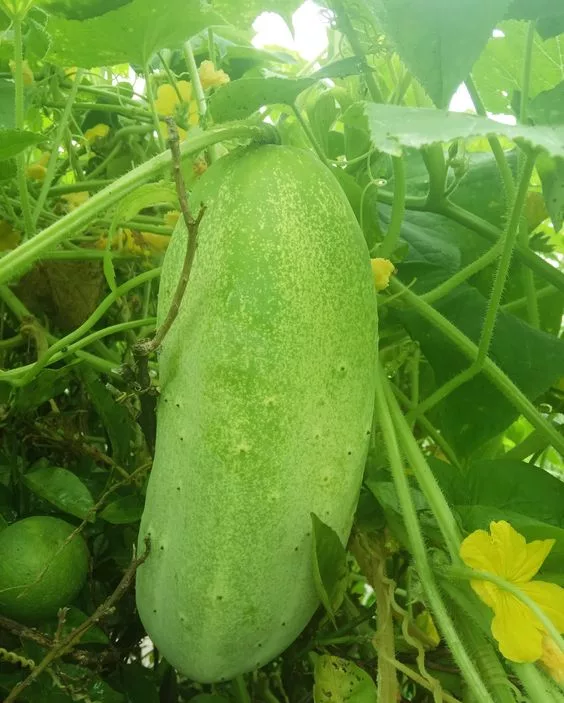
3. Culinary Creativity: The Pepino Melon’s versatility in the kitchen is a delightful surprise for chefs and home cooks alike. Its mild and intriguing flavor lends itself to both sweet and savory applications. Served chilled, it provides a cooling and rejuvenating treat during hot summer months. When incorporated into savory dishes, it can add a touch of exotic flair and depth to salads, salsas, and even ceviche.
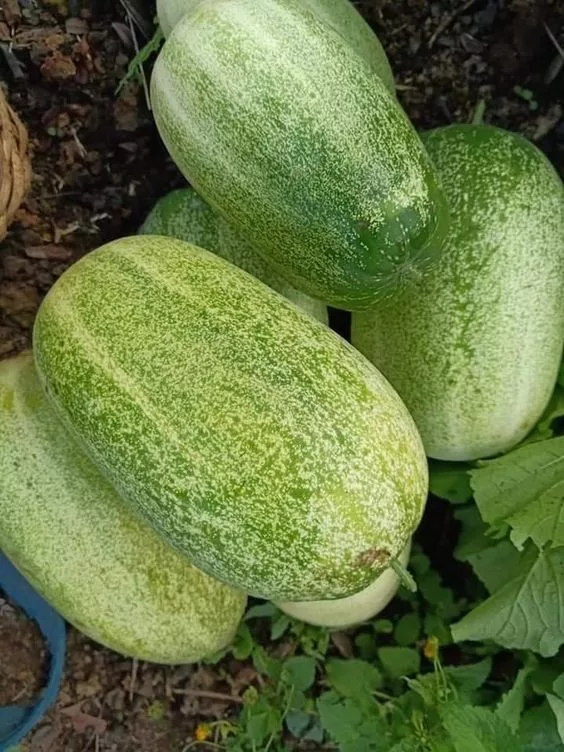
4. Nutritional Bounty: Beyond its delectable taste and aesthetic appeal, the Pepino Melon offers a range of nutritional benefits. It is a low-calorie fruit rich in vitamins A and C, as well as dietary fiber. Its hydrating properties, owing to its high water content, make it an excellent choice for promoting hydration and supporting overall well-being.
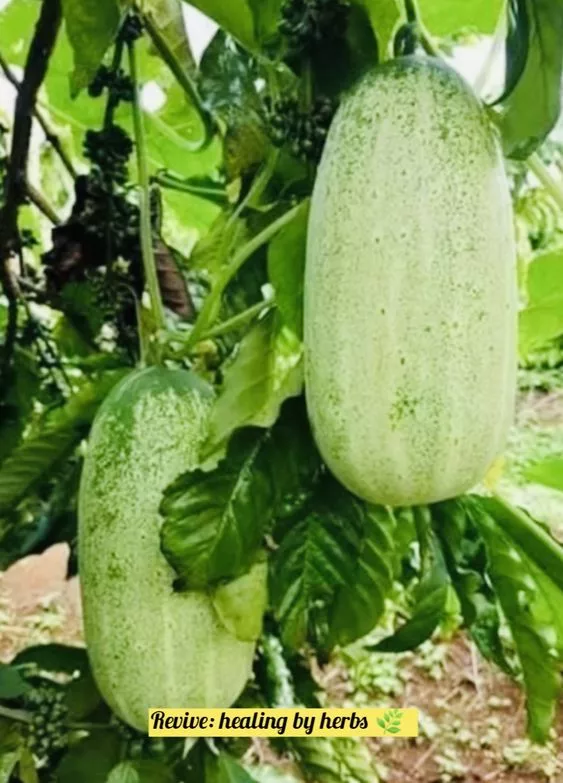
5. Cultivation and Global Presence: The Pepino Melon is native to the Andean region of South America, where it has been enjoyed for centuries. Today, it has found its way to various corners of the globe, captivating taste buds in countries as diverse as New Zealand, Japan, and Spain. The fruit’s adaptability to different climates and growing conditions has contributed to its global spread, making it a unique and cherished addition to local cuisines.




